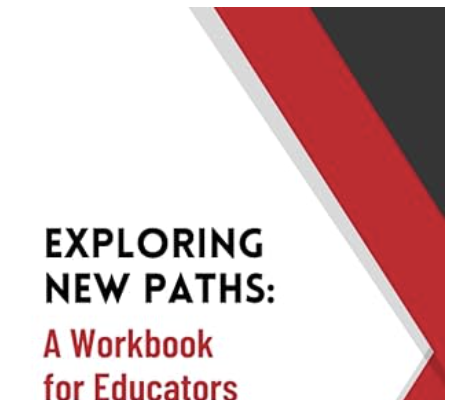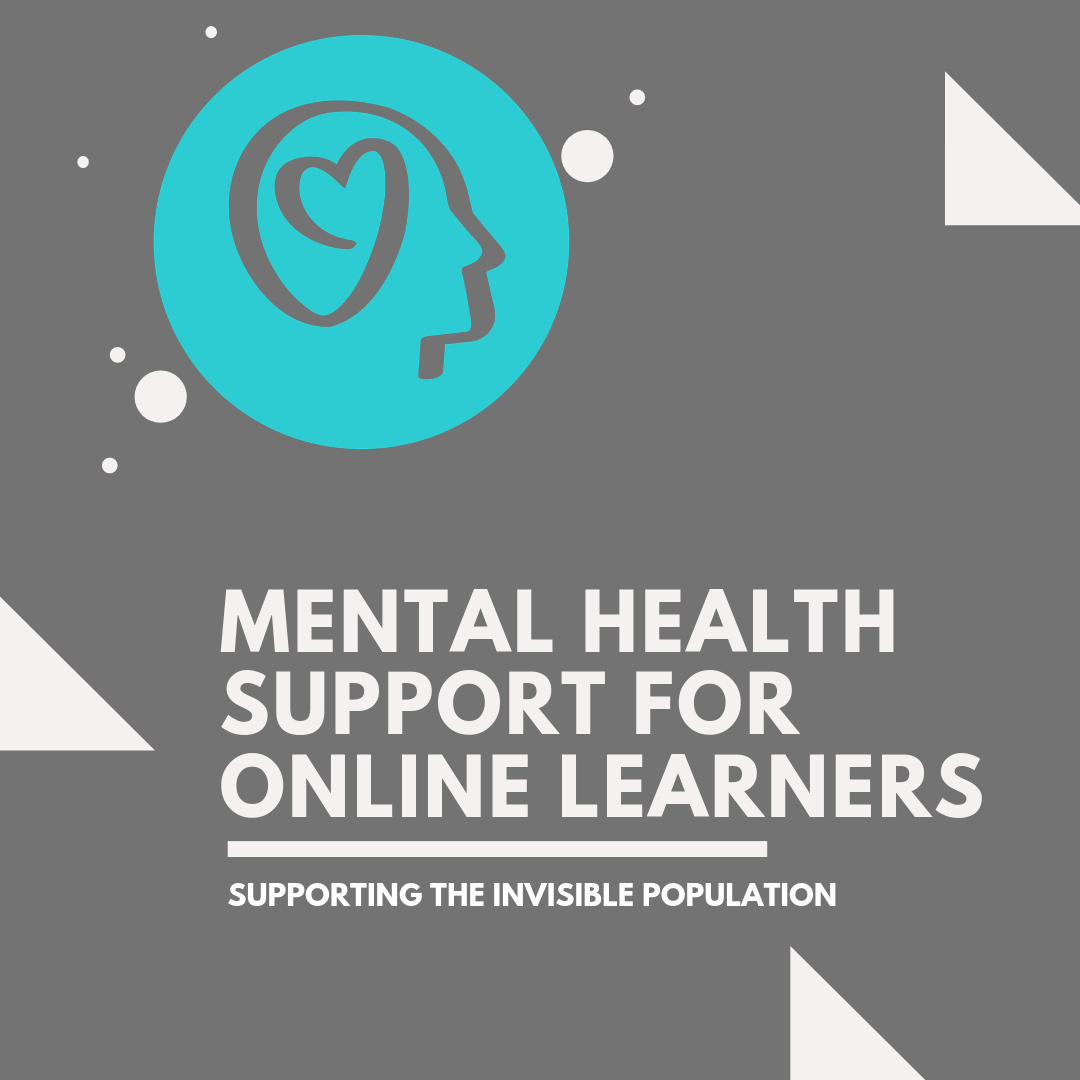Invisible students: an issue brought to life for future student affairs leaders
Few would argue that online learning is transforming the higher education landscape and the student experience of college students across the nation. While enrollment in higher education may be decreasing, students are enrolling in online courses at an increasing rate: in fact, as of 2015, almost 30% (29.7%) of students in higher education are taking at least one distance course and among the 30%, 14.3% are taking all courses at a distance. Growth is seen across the board in private for-profit AND public and private not-for-profit institutions (Allen & Seaman, 2017). Understanding this population is paramount for fulfilling our duty of meeting the needs of all students.
But are we paying attention to these students? Sadl, I don’t think we are. Sadly, I don’t think we are.
Online students are invisible not only because they often do not come to campus, but they are invisible to those whose role it is to support students: student affairs professionals (
In my experience working in and with student affairs units … most have not even thought about the online student population
I was excited to attend the 2019 NASPA Conference this March in Anaheim, celebrating 100 years as an organization, thinking about what things I might discover from colleagues in the profession about supporting online learners to add to our basket of best practices. After all,
Among the almost 840 sessions presented by 1479 individuals at the conference, 7 focused on supporting the needs of online learners. Seven. Less than one percent.
So where can professionals learn to support online students?
I had the pleasure of serving on the NASPA Case Study Competition committee; a competition for graduate students to apply their knowledge and demonstrate their skills learned in their program. I was asked by the committee to write the case study and took the opportunity to write a case focused on online learners. I was fortunate, too, that my company, Noodle Partners, sponsored the competition by donating the gift cards for the winning team. The case I provided was one I seek every day to help prepare campuses for – so they know how to address these issues before they occur. It was a case of two students who lived over 300 miles from the campus who cheated on an exam which was then the catalyst for online harassment and concerns about a student’s well being.
The winners of the case study competition, Cassandra Hong and Ariana Huesias from San Diego State University, did an excellent job unpacking the case’s micro and macro issues. While tending to the immediate needs of the students was the primary concern, the reality is that the campus needed to position itself to support (and embrace!) online learners. The judicial system needed to adjust so students weren’t required to come to campus to participate. The campus counseling unit needed to determine how it could support the mental health of remote students, given that their counselors’ licenses prohibit them from counseling students located out of state. The campus leadership needed to adjust its’ lens from shunning the idea of online learning to embracing this population of students. All of the student teams did a great job unpacking potential solutions for this case study; they’re now likely more prepared to lead in a future which includes an increasing number of online students.
But what about the rest of the profession? There is much work to be done here. I presented a session at the conference about how to include and support online students and I will continue to share my knowledge as much as possible. I hope to see student affairs leaders reflect on how they are creating an ecosystem inclusive of online learners – we need to see more conference sessions, more inclusion in graduate preparation program curricula, more spaces for folks to talk about this issue, and we need to be willing to include voices from folks that may not work on a college campus yet have experience with online students in campuses across the nation.
We need to start making the invisible, visible.
As I have been for the last few weeks, I’ll be sharing my knowledge and tips for supporting the online student population.






